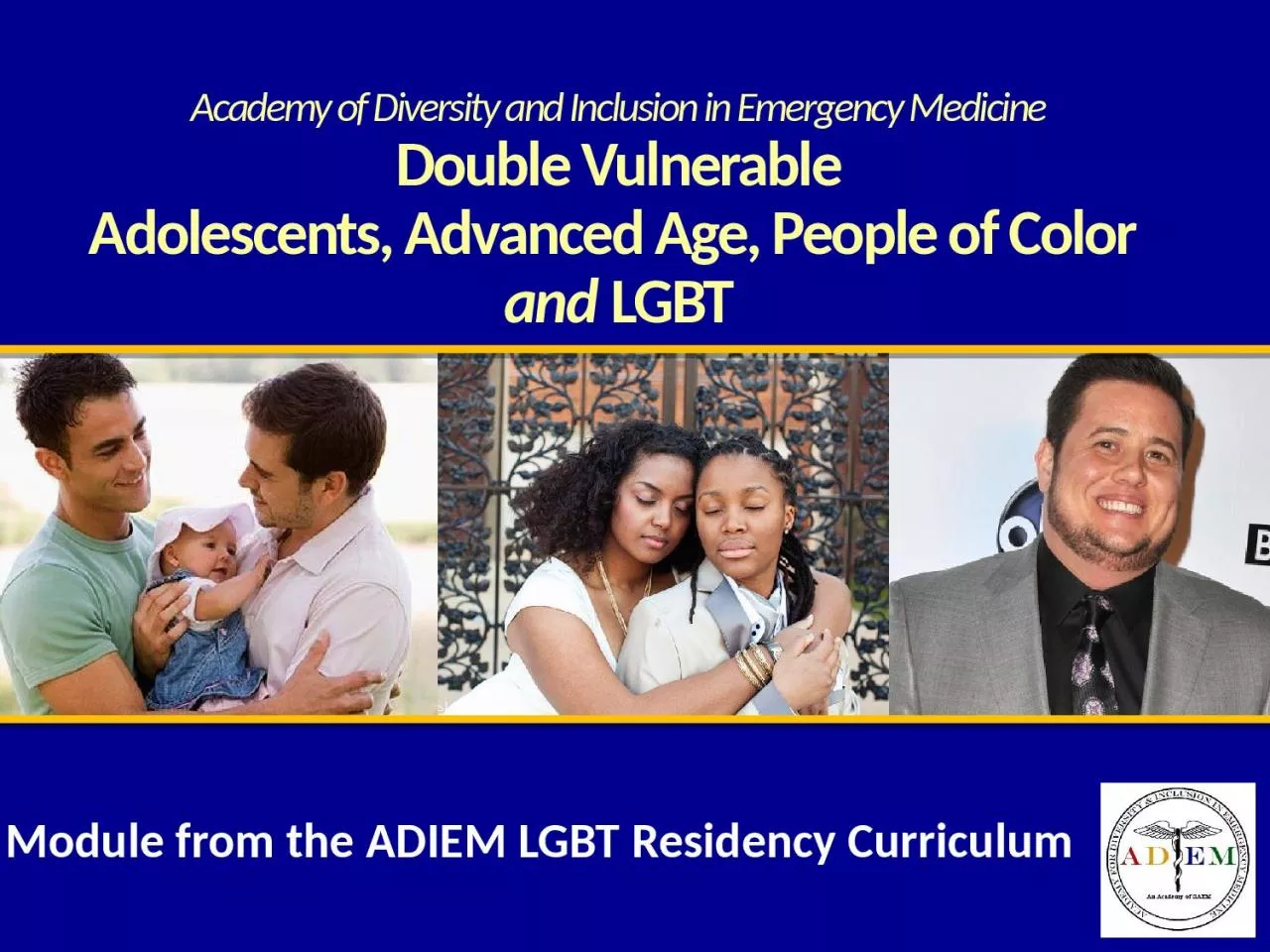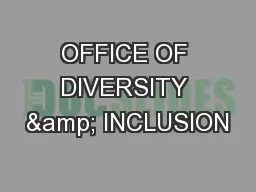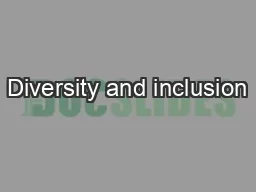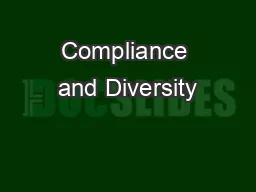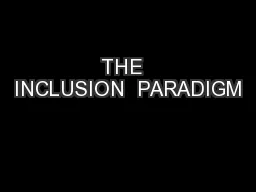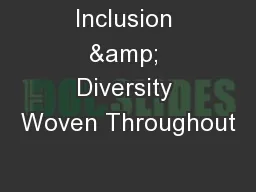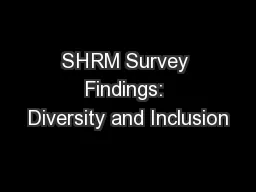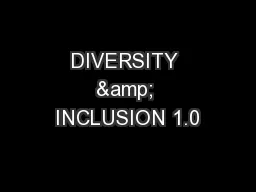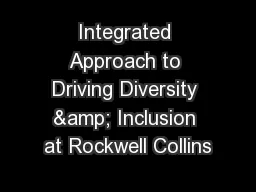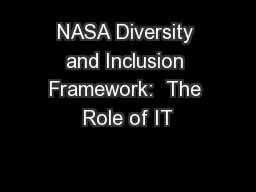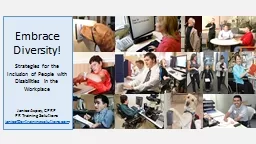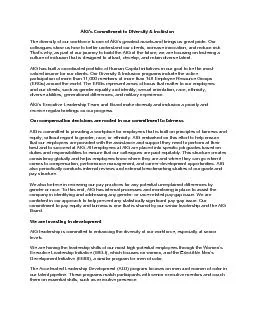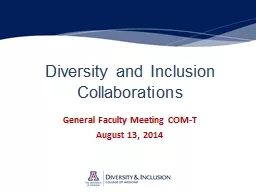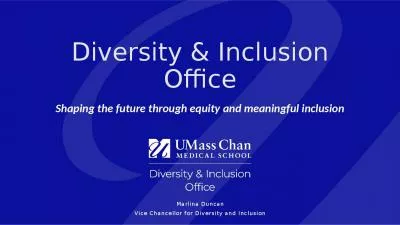PPT-Academy of Diversity and Inclusion in Emergency Medicine
Author : abigail | Published Date : 2024-01-13
Double Vulnerable Adolescents Advanced Age People of Color and LGBT Module from the ADIEM LGBT Residency Curriculum Instructors No financial conflicts of
Presentation Embed Code
Download Presentation
Download Presentation The PPT/PDF document "Academy of Diversity and Inclusion in Em..." is the property of its rightful owner. Permission is granted to download and print the materials on this website for personal, non-commercial use only, and to display it on your personal computer provided you do not modify the materials and that you retain all copyright notices contained in the materials. By downloading content from our website, you accept the terms of this agreement.
Academy of Diversity and Inclusion in Emergency Medicine: Transcript
Download Rules Of Document
"Academy of Diversity and Inclusion in Emergency Medicine"The content belongs to its owner. You may download and print it for personal use, without modification, and keep all copyright notices. By downloading, you agree to these terms.
Related Documents

